Filter News
Area of Research
- (-) Supercomputing (39)
- Advanced Manufacturing (5)
- Biological Systems (3)
- Biology and Environment (7)
- Clean Energy (90)
- Climate and Environmental Systems (3)
- Data (1)
- Fossil Energy (2)
- Isotope Development and Production (1)
- Materials (63)
- Neutron Science (32)
- Nuclear Science and Technology (13)
- Renewable Energy (2)
- Sensors and Controls (1)
- Transportation Systems (2)
Media Contacts

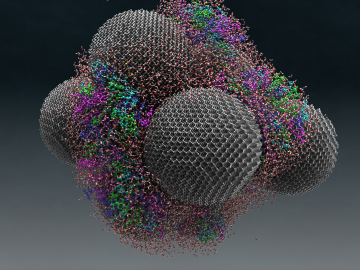
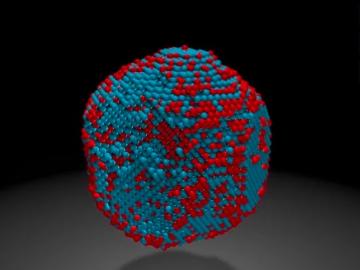
Barely wider than a strand of human DNA, magnetic nanoparticles—such as those made from iron and platinum atoms—are promising materials for next-generation recording and storage devices like hard drives. Building these devices from nanoparticles should increase storage capaci...
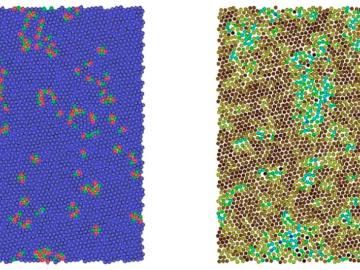
Snow falls in winter and melts in spring, but what drives the phase change in between?
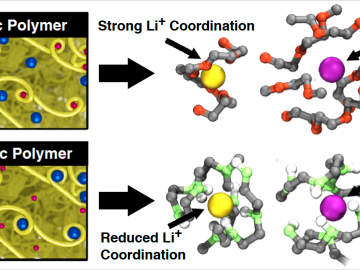

Supercomputers like Oak Ridge National Laboratory’s Titan are advancing science at a frenetic pace and helping researchers make sense of data that could have easily been missed, says Ramakrishnan “Ramki” Kannan. Kannan, a computer scientist who came to ORNL in March 2016 after ...
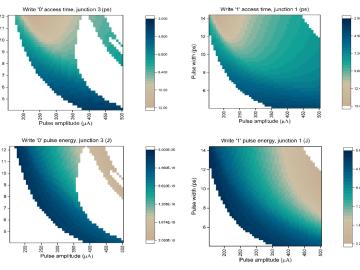

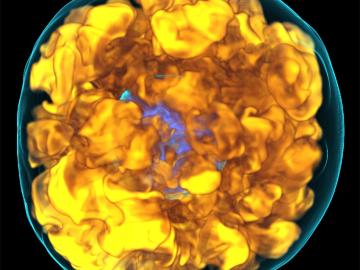
The U.S. Department of Energy’s Office of Science announced 55 projects with high potential for accelerating discovery through its Innovative and Novel Computational Impact on Theory and Experiment (INCITE) program. These awards allocate the multi-petascale computing resources at Argonne and Oak Ridge National Laboratories, two of America’s most powerful supercomputers dedicated to open science.
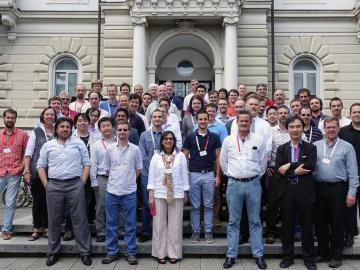
Leaders in hybrid accelerated high-performance computing (HPC) in the United States (U.S.), Japan, and Switzerland have signed a memorandum of understanding (MOU) establishing an international institute dedicated to common goals




